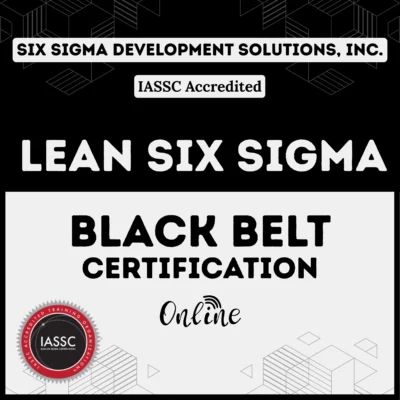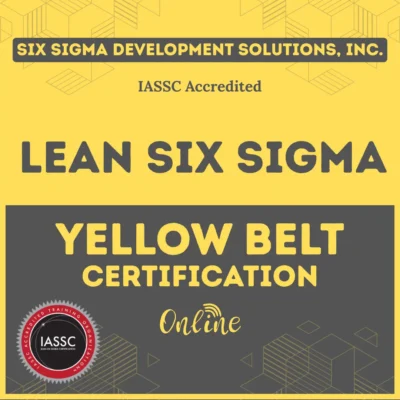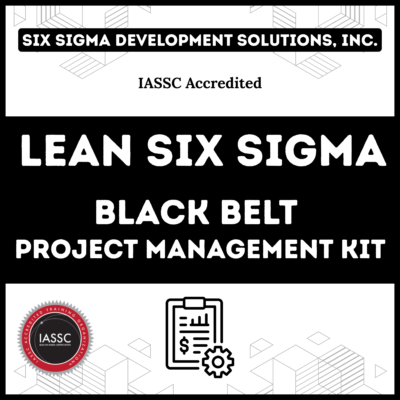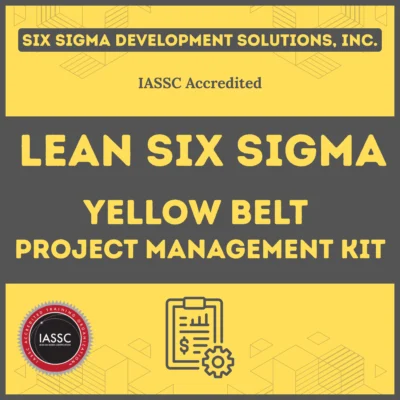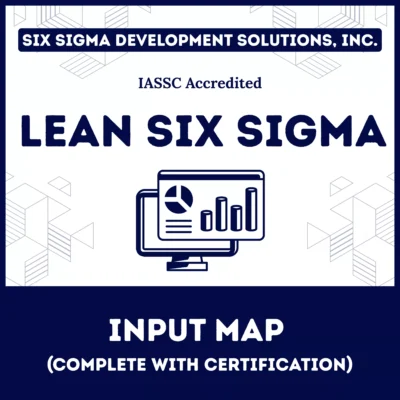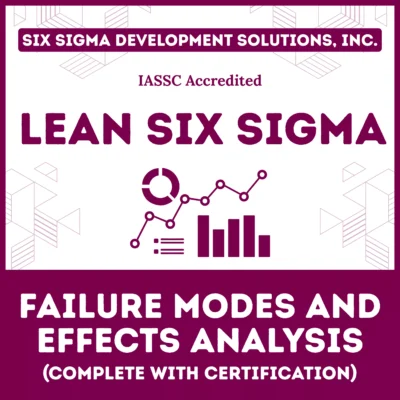Kamishibai board—a simple yet powerful tool that turns chaos into clarity. Originating from ancient Japanese storytelling traditions, this visual management gem has evolved into a cornerstone of lean manufacturing.
In the context of lean manufacturing, kamishibai meaning extends far beyond simple visual displays. These boards represent a systematic approach to standardizing communication, ensuring critical tasks receive appropriate attention, and creating transparency throughout organizational levels. Moreover, they transform abstract concepts like continuous improvement into tangible, actionable daily practices.
Furthermore, these boards serve as dynamic communication hubs that bridge the gap between management expectations and frontline execution, creating a culture of accountability and continuous improvement that drives sustainable results.
Table of contents
Origins and Meaning of Kamishibai
Kamishibai, which literally translates to “paper drama” or “paper theater” in Japanese, began as a form of street entertainment in the early 20th century. Storytellers, known as gaito kamishibaiya, would cycle through neighborhoods with a wooden stage on their bikes, sliding illustrated cards to narrate tales while selling candies to captivated audiences.
This method captivated crowds by making stories visual and interactive, much like a precursor to modern comics or slideshows.
Fast forward to the industrial era, and Toyota engineers saw potential in this visual storytelling for manufacturing. In the 1930s, as part of the Toyota Production System (TPS), they adapted Kamishibai into a lean tool for process audits and task management. No longer about fairy tales, it became a way to “tell the story” of daily operations—highlighting what’s going right and what needs fixing.
Today, the Kamishibai meaning in lean manufacturing revolves around visual control, ensuring standards are met through quick, routine checks. Moreover, this adaptation aligns perfectly with Kaizen principles, where small, ongoing improvements drive big results.
Interestingly, the shift from entertainment to efficiency mirrors how lean tools often borrow from everyday life. For instance, just as a storyteller flips cards to advance a plot, managers flip Kamishibai cards to advance operational excellence. This historical blend adds a layer of cultural depth, making Kamishibai boards not just functional but also engaging for teams.
Public, Onsite, Virtual, and Online Six Sigma Certification Training!
- We are accredited by the IASSC.
- Live Public Training at 52 Sites.
- Live Virtual Training.
- Onsite Training (at your organization).
- Interactive Online (self-paced) training,
What Is a Kamishibai Board in Manufacturing?
At its core, a Kamishibai board is a visual management system that tracks tasks, audits, and processes in real-time. Think of it as a dynamic checklist on steroids, designed to make abnormalities visible at a glance. In lean manufacturing, where waste reduction and standardization reign supreme, these boards serve as a daily ritual to confirm that everything runs smoothly.
Typically mounted in a central location like a gemba (the actual place where work happens), the board holds a series of T-shaped cards—hence the name Kamishibai cards. Each card represents a specific task, such as a 5S audit (sort, set in order, shine, standardize, sustain), equipment maintenance, or safety check.
One side is green for “complete and compliant,” while the other is red for “incomplete or issue detected.” Supervisors or team leaders pull a card, perform the check, and flip it accordingly. If red shows, it signals immediate action, preventing small problems from snowballing.
What sets Kamishibai apart from traditional checklists? Its simplicity and visibility. Unlike buried spreadsheets, these boards scream status updates to everyone passing by.
Additionally, they promote layered process audits, where different levels of management—from operators to executives—participate, ensuring accountability across the hierarchy. In essence, Kamishibai lean practices turn passive monitoring into active engagement, aligning with concepts like just-in-time production and continuous flow.
Also Read: Visual Management: Definitions, Tools & Examples for Efficiency
Core Components of Kamishibai Systems

A comprehensive kamishibai board typically incorporates several key elements:
Visual Management Cards: These kamishibai cards contain specific information about tasks, metrics, or processes that require regular attention. Each card serves as a prompt for action, discussion, or verification.
Color-Coded Organization: Most effective boards utilize color coding systems that instantly communicate priority levels, department responsibilities, or task categories. This visual hierarchy enables quick decision-making and prioritization.
Rotation Mechanisms: Many boards feature rotating or moveable cards that indicate completion status, ensuring nothing falls through the cracks while maintaining visual clarity.
Types and Applications of Kamishibai Boards

Standard Operating Procedure Boards
These boards focus on ensuring consistent execution of critical processes. They typically feature cards that prompt verification of standard work adherence, safety protocols, and quality checkpoints. The visual nature ensures that even complex procedures remain accessible to operators at all skill levels.
Performance Management Boards
Performance-focused kamishibai boards track key metrics, production targets, and improvement initiatives. They transform abstract numbers into compelling visual stories that motivate teams while providing clear direction for improvement efforts.
Audit and Compliance Boards
Regulatory compliance and internal audit requirements become more manageable through dedicated kamishibai audit boards. These systems ensure that critical compliance activities receive consistent attention while creating audit trails that demonstrate due diligence.
Safety and Environmental Boards
Safety-focused boards highlight critical safety observations, near-miss reporting, and environmental compliance activities. They make safety discussions a natural part of daily routines rather than afterthoughts.
Creating Effective Kamishibai Cards
Design Principles for Maximum Impact
Successful kamishibai card design balances information density with visual clarity. Each card should communicate its message within seconds while providing sufficient detail for proper execution.
Clarity and Simplicity: Effective cards use simple language, clear graphics, and logical layouts that eliminate confusion. Complex technical jargon should be translated into operator-friendly terminology.
Actionable Content: Every card should prompt specific actions rather than presenting passive information. This approach ensures that board interactions drive meaningful activities rather than mere observations.
Measurable Outcomes: Where possible, cards should include measurable criteria that enable objective evaluation of completion or compliance.
How to Make a Kamishibai Board?
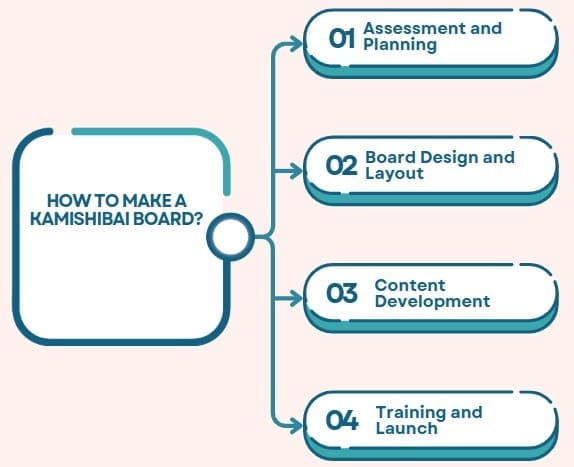
Phase 1: Assessment and Planning
Before creating physical boards, successful implementations begin with comprehensive assessment of communication needs, operational challenges, and improvement opportunities. This analysis identifies the most impactful applications for kamishibai systems within your specific environment.
During this phase, engage frontline operators, supervisors, and managers in discussions about current communication pain points. Their insights prove invaluable for designing boards that address real problems rather than theoretical concepts.
Phase 2: Board Design and Layout
Physical board design significantly impacts user adoption and long-term sustainability. Consider factors such as:
Location Strategy: Position boards in high-traffic areas where natural gathering occurs, ensuring visibility without disrupting workflow.
Size and Scale: Balance information capacity with visual clarity, ensuring readability from typical viewing distances.
Durability Requirements: Select materials that withstand the manufacturing environment while maintaining professional appearance.
Phase 3: Content Development
Develop initial card content through collaborative workshops that engage end-users in the creation process. This approach ensures relevance while building ownership and commitment to the system.
Start with a limited number of high-impact cards rather than attempting comprehensive coverage immediately. Success with initial implementations builds confidence and support for expansion.
Phase 4: Training and Launch
Comprehensive training ensures that all users understand both the tactical aspects of using the boards and the strategic importance of the system. Training should address:
Operational Procedures: How to use, update, and maintain the boards Problem-Solving Protocols: What actions to take when cards indicate issues Escalation Processes: When and how to involve management in problem resolution Improvement Opportunities: How to suggest modifications or additions to the system.
Also Read: Huddle Boards: Improve Team Collaboration & Efficiency
Advanced Kamishibai Board Template Strategies
Digital Integration Opportunities
Modern kamishibai implementations increasingly incorporate digital elements that enhance traditional visual management approaches. Digital displays can provide real-time data updates while maintaining the visual impact of physical boards.
However, successful digital integration preserves the tactile engagement that makes physical boards effective. Consider hybrid approaches that combine digital data sources with physical interaction mechanisms.
Scalability Considerations
As organizations experience success with initial kamishibai implementations, scaling becomes a natural next step. Effective scaling strategies maintain consistency while allowing customization for different operational areas.
Develop standardized design templates that provide consistency while enabling local adaptation. This approach ensures brand coherence while respecting the unique needs of different departments or processes.
Integration with Other Lean Tools
Kamishibai boards complement other lean manufacturing tools such as:
5S Systems: Boards can include cards that verify 5S compliance and drive workplace organization improvements.
Total Productive Maintenance (TPM): Maintenance schedules, equipment checks, and reliability metrics integrate naturally with kamishibai approaches.
Value Stream Mapping: Boards can highlight value stream performance metrics and improvement initiatives.
Kaizen Events: Boards provide platforms for communicating kaizen opportunities and tracking improvement progress.
FAQs on Kamishibai Board
What is Kamishibai?
Kamishibai is a visual tool from Japanese storytelling, adapted for lean audits to track tasks with colored cards.
How do Kamishibai cards differ from regular checklists?
They use visual flips (green/red) for instant status, promoting real-time action over static lists.
Can I use a digital Kamishibai board template?
Yes, apps provide flexible, data-rich versions for modern teams.
What are the main benefits of Kamishibai in manufacturing?
It boosts visibility, accountability, and continuous improvement, reducing waste effectively.
How to make a Kamishibai board from scratch?
Identify tasks, create cards, set up a board, and train your team—simple steps for big gains.
Final Words
In wrapping up, Kamishibai boards stand as a testament to lean’s ingenuity, blending ancient artistry with modern efficiency. From their storytelling origins to today’s role in sustaining standards, they empower teams to visualize, audit, and improve relentlessly. By incorporating Kamishibai lean practices, you not only streamline processes but also cultivate a proactive culture.

About Six Sigma Development Solutions, Inc.
Six Sigma Development Solutions, Inc. offers onsite, public, and virtual Lean Six Sigma certification training. We are an Accredited Training Organization by the IASSC (International Association of Six Sigma Certification). We offer Lean Six Sigma Green Belt, Black Belt, and Yellow Belt, as well as LEAN certifications.
Book a Call and Let us know how we can help meet your training needs.







